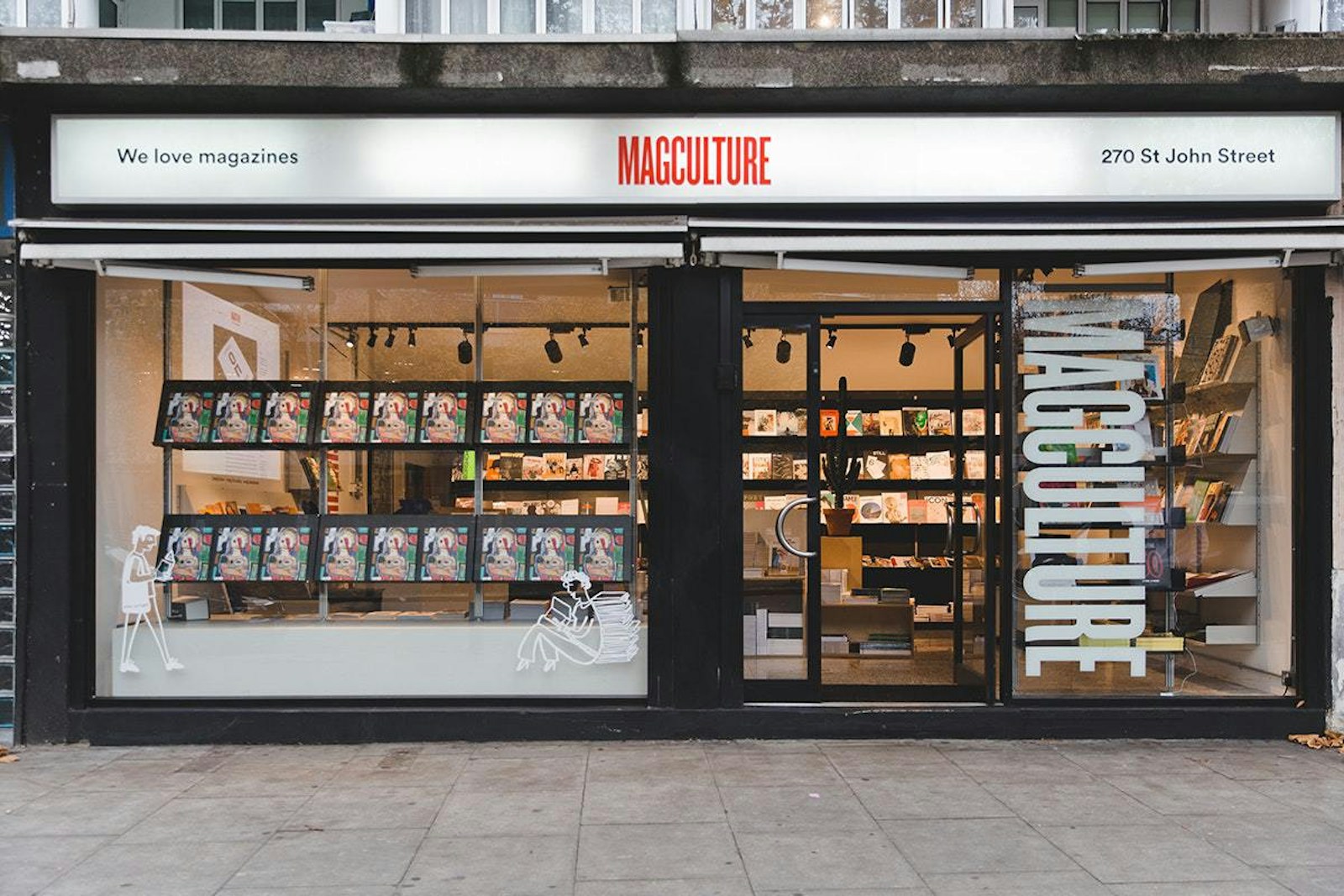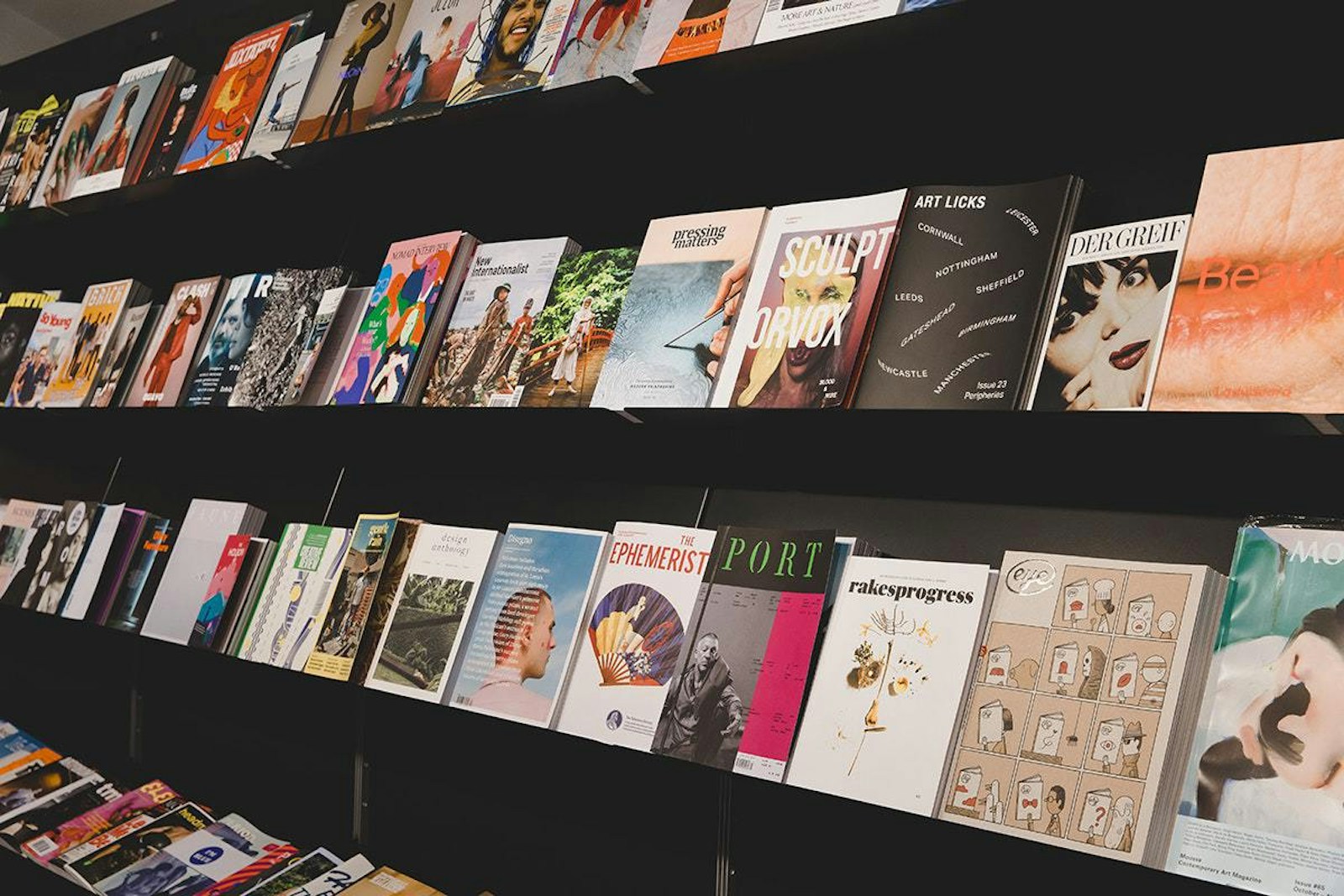MagCulture founder Jeremy Leslie tells us how he became a magazine expert
Our guest this week is magazine-enthusiast and expert Jeremy Leslie, the founder of editorial-design resource MagCulture. He talks us through the journey that led him to turning his passion project into a full-time pursuit, gives us his thoughts on the industry’s current landscape, and what makes for exemplary editorial design.
Jeremy Leslie is a man of many hats. Having started out as a designer and art director for Time Out, the now-defunct magazine Blitz, and creative director for content marketing agency John Brown Media, his work has since expanded into writing and editing, event curation, speaking and hosting.
This is all part of running MagCulture, a platform set up as a blog nearly 13 years ago, and now comprises an online journal, a physical shop in central London, regular in-store events, a design studio and ModMag, an annual conference hosted in both the US and the UK.
We started our wide-ranging conversation by going back to the beginning of Jeremy’s path – to school, where he recalls an inspiring art teacher who encouraged him to follow his interest in image-making. “My academic failures were matched by the enthusiasm and support I had from the art department,” he says.
“I became really interested in magazines as mirrors of society and the times they were published into.”
After studying at London College of Printing (now LCC), Jeremy began his design career at an iconic time for independent magazines in the UK. It was the mid-eighties, and youth culture titles such as The Face, i-D and Jeremy’s old workplace, Blitz, were flying the flag for bold and fearless editorial – paving the way for many more. It was inevitably this time that cemented Jeremy’s love for the printed magazine.
Moving on to serve as a creative director at John Brown Media, Jeremy oversaw the production of a multitude of titles, primarily major brands, including Waitrose and Sky. But beyond his day job, Jeremy began making more of his enthusiasm for magazine culture, which eventually turned into his full-time occupation.
“I became really interested in magazines as mirrors of society and the times they were published into. I began to develop a role commentating on magazines as well as actively making them. Off the back of that I started to blog which quickly built an audience, and I would also get invited to speak at various conferences.”
“I think it’s a really special time for magazines at the moment, and it has been for the last 20 years.”
In the face of recent news about redundancies and closures within the publishing world, we asked Jeremy where he sees the industry currently. “In my lifetime I’ve seen a huge boom followed by the bust,” he shares.
“The free model is failing and there are redundancies being made. There is a value system that means, especially now, people want good content and they’re willing to pay for it. [But] print has an advantage as the paywalls go up. When I buy it I can share it with as many people as I want.”
But in spite of that, Jeremy also affirms that it’s still an exciting moment for independent publishing.
“I think it’s a really special time for magazines at the moment, and it has been for the last 20 years. There’s an irony in that: Just at the point that everyone was talking about how the business model of printed magazines was failing, the technology made it much easer to set up a magazine of your own. It’s now cheaper than ever for an outsider to come in and start playing with it. Alongside that people have the access to do the same on digital [to promote it].”


Check out MagCulture’s next event The Flatplan, featuring celebrated editors and designers, for a masterclass in magazine-making.
Interview by Indi Davies
Mention Jeremy Leslie